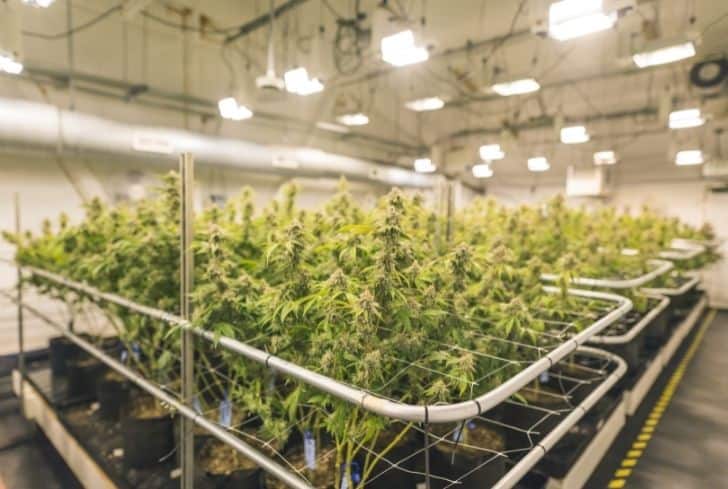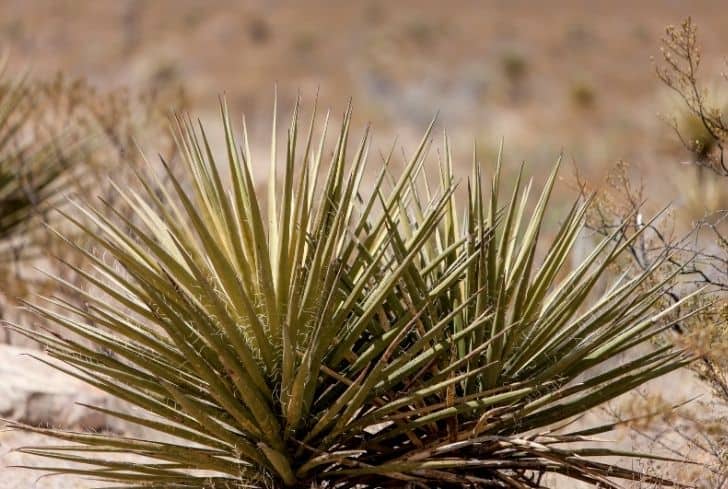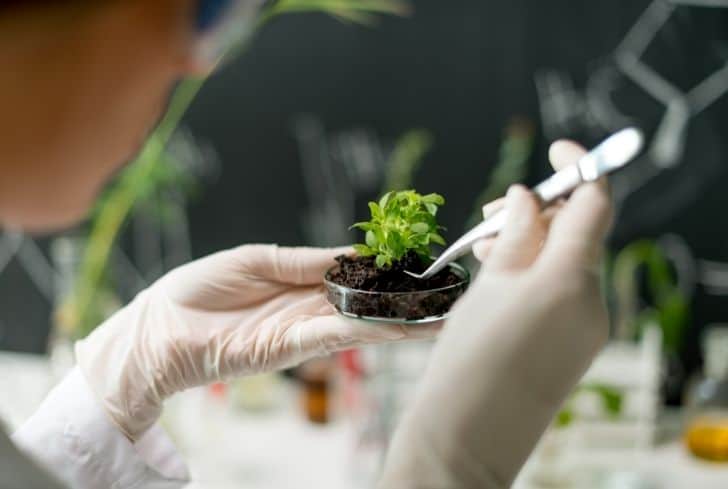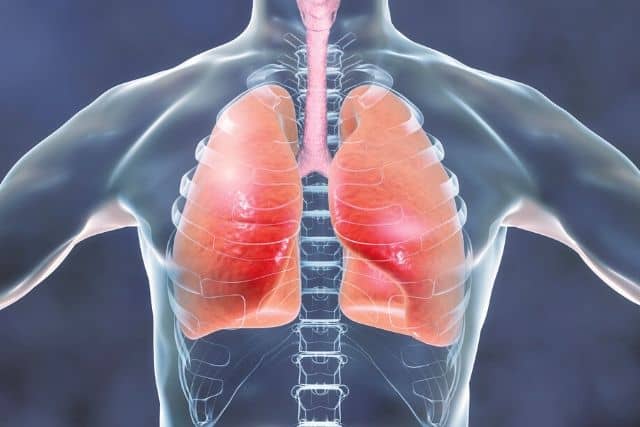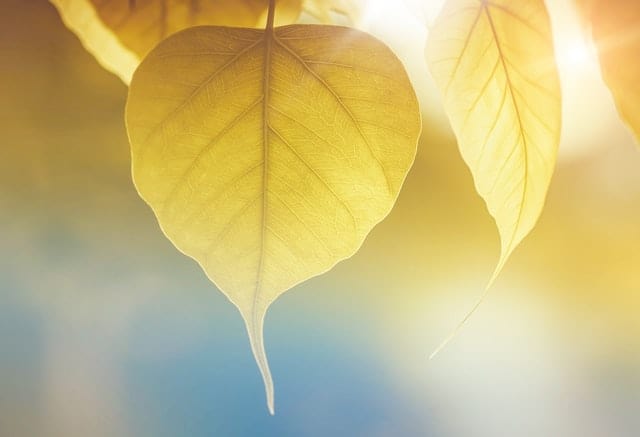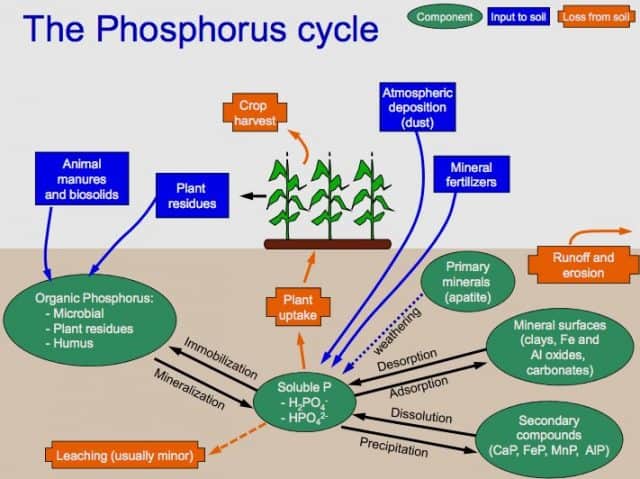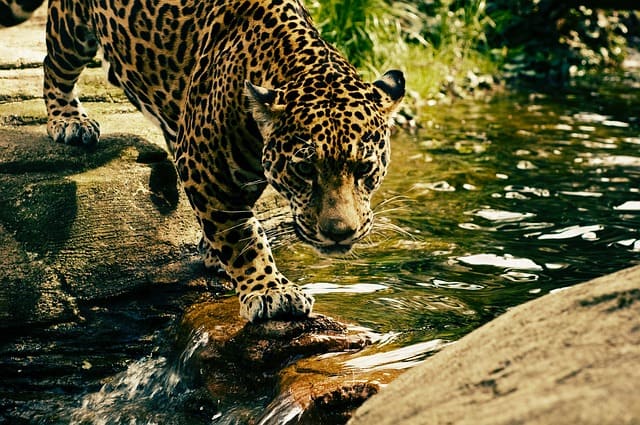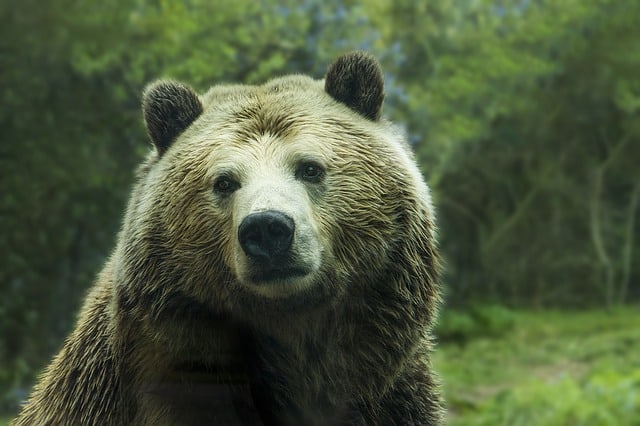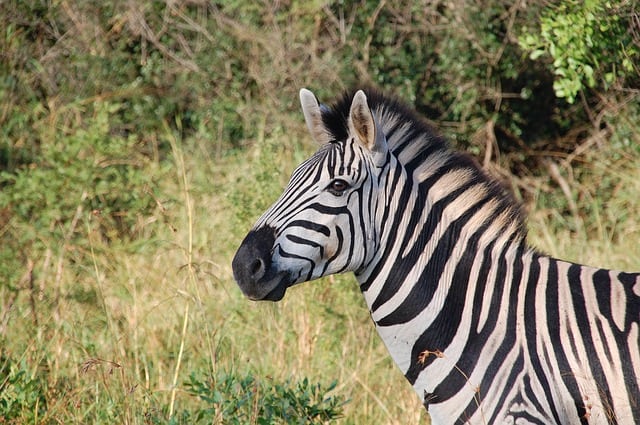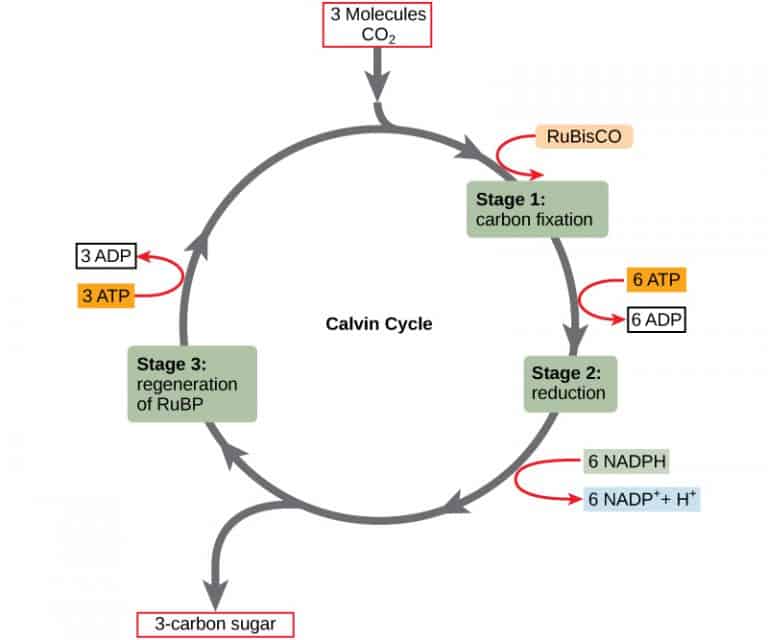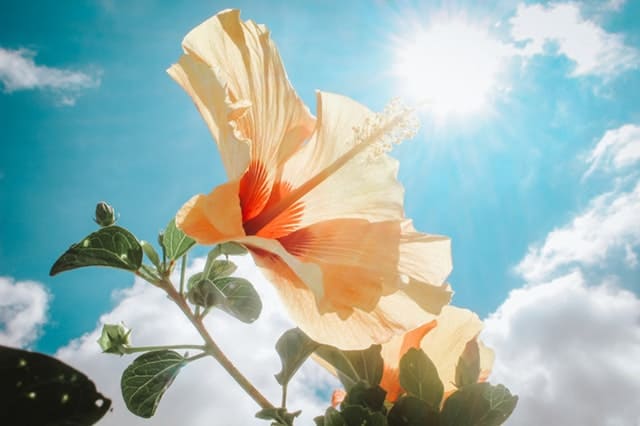Can Plants Photosynthesize With Artificial light?
Nowadays, it’s common to find house plants in nearly every room in the house. They’re used to beautify the spaces in our homes. Plants are photosynthetic organisms. This means that they require light to produce energy for themselves. The significance of photosynthesis in the maintenance of life on earth can’t be overstated. There would be…

